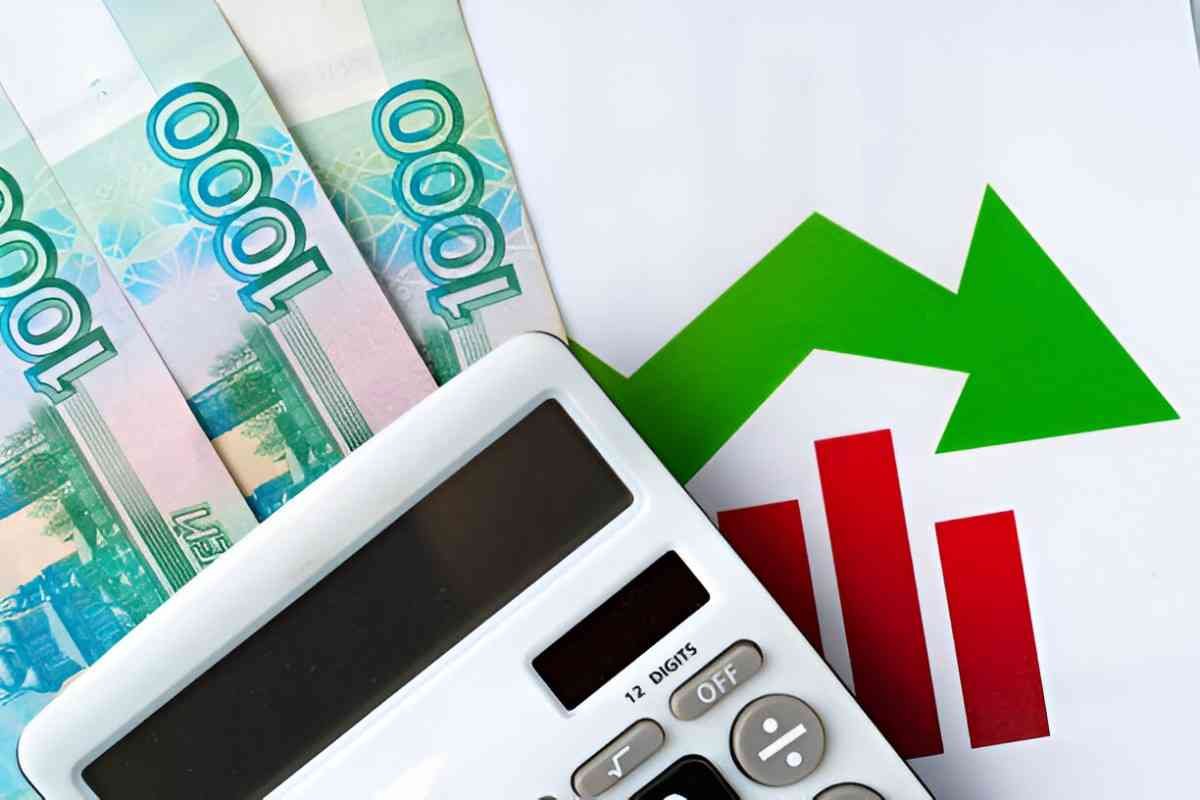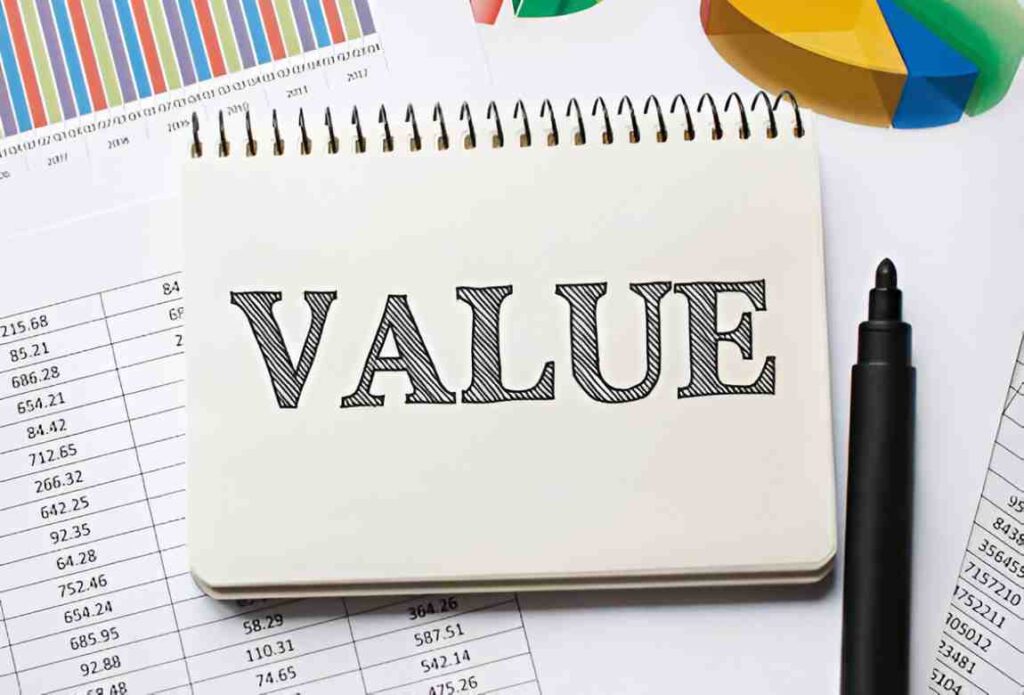When I first started learning about business finance, the term outlay costs seemed abstract. Over time, I realized how fundamental these costs are in decision-making. Whether you’re running a small business, managing a corporate budget, or just curious about financial principles, understanding outlay costs is essential. In this guide, I break down what outlay costs are, why they matter, and how they influence financial planning.
Table of Contents
What Are Outlay Costs?
Outlay costs, also called explicit costs, are direct, measurable payments a business makes. These include wages, raw materials, rent, and utilities—expenses that require cash outflow. Unlike implicit costs (such as opportunity costs), outlay costs appear in financial statements and tax filings.
Key Characteristics of Outlay Costs
- Tangible and measurable – They have a clear monetary value.
- Recorded in accounting books – They appear in income statements and balance sheets.
- Direct impact on cash flow – They reduce liquidity.
Types of Outlay Costs
Outlay costs can be classified into several categories:
1. Fixed Costs
These remain constant regardless of production levels. Examples include rent, salaries, and insurance.
2. Variable Costs
These fluctuate with production volume. Raw materials and direct labor are common examples.
3. Semi-Variable Costs
A mix of fixed and variable components. For instance, a phone bill may have a fixed monthly charge plus variable usage fees.
4. One-Time Expenditures
Capital investments like machinery or property purchases fall under this category.
Why Outlay Costs Matter
Understanding outlay costs helps businesses:
- Determine profitability – By subtracting outlay costs from revenue, businesses calculate net profit.
- Make pricing decisions – Knowing costs ensures products are priced to cover expenses.
- Evaluate financial health – High outlay costs relative to revenue may signal inefficiency.
Calculating Outlay Costs: A Practical Example
Let’s say I run a bakery. My monthly outlay costs include:
| Cost Type | Amount ($) |
|---|---|
| Rent | 2,500 |
| Flour and Sugar | 1,200 |
| Employee Wages | 3,000 |
| Utilities | 500 |
| Equipment Lease | 800 |
Total Outlay Cost = Rent + Materials + Wages + Utilities + Lease
Total\,Outlay\,Cost = 2,500 + 1,200 + 3,000 + 500 + 800 = 8,000If my monthly revenue is 12,000, my profit is:
Profit = Revenue - Outlay\,Costs = 12,000 - 8,000 = 4,000Outlay Costs vs. Opportunity Costs
A common confusion arises between outlay costs and opportunity costs. While outlay costs are direct expenses, opportunity costs represent potential benefits lost when choosing one alternative over another.
Example: If I invest 50,000 in a bakery instead of stocks, my outlay cost is 50,000. The opportunity cost is the potential stock market returns I forego.
The Role of Outlay Costs in Budgeting
Budgeting requires forecasting outlay costs to ensure liquidity. A well-structured budget accounts for:
- Fixed obligations (rent, salaries)
- Variable expenses (inventory, utilities)
- Unexpected costs (equipment repairs)
Budgeting Example
Suppose I plan to expand my bakery next year. My projected outlay costs are:
| Expense | Estimated Cost ($) |
|---|---|
| New Oven | 5,000 |
| Additional Staff | 10,000 |
| Marketing | 3,000 |
| Renovation | 7,000 |
Total Expansion Cost:
5,000 + 10,000 + 3,000 + 7,000 = 25,000I must ensure my cash reserves or financing options cover this outlay.
Tax Implications of Outlay Costs
In the U.S., outlay costs are generally tax-deductible, reducing taxable income. However, the IRS distinguishes between:
- Operating expenses (fully deductible in the same year)
- Capital expenditures (depreciated over time)
Example: If I buy a 10,000 oven, I may have to depreciate it over 5 years, deducting 2,000 annually instead of the full amount upfront.
Common Mistakes in Managing Outlay Costs
Many businesses, especially startups, make these errors:
- Underestimating variable costs – Unexpected price hikes in supplies can disrupt budgets.
- Ignoring depreciation – Failing to account for asset wear and tear leads to inaccurate profit calculations.
- Overlooking small recurring expenses – Subscriptions and minor fees add up over time.
Strategies to Optimize Outlay Costs
To improve financial efficiency, I recommend:
1. Negotiating with Suppliers
Bulk purchasing or long-term contracts can lower material costs.
2. Adopting Energy-Efficient Practices
Reducing utility bills cuts variable costs.
3. Outsourcing Non-Core Functions
Hiring freelancers for occasional tasks avoids full-time salary commitments.
4. Regular Expense Audits
Reviewing expenditures monthly helps identify wastage.
Final Thoughts
Outlay costs form the backbone of financial decision-making. By tracking and optimizing them, businesses enhance profitability and sustainability. Whether you’re a budding entrepreneur or a finance student, mastering this concept will sharpen your financial acumen.





